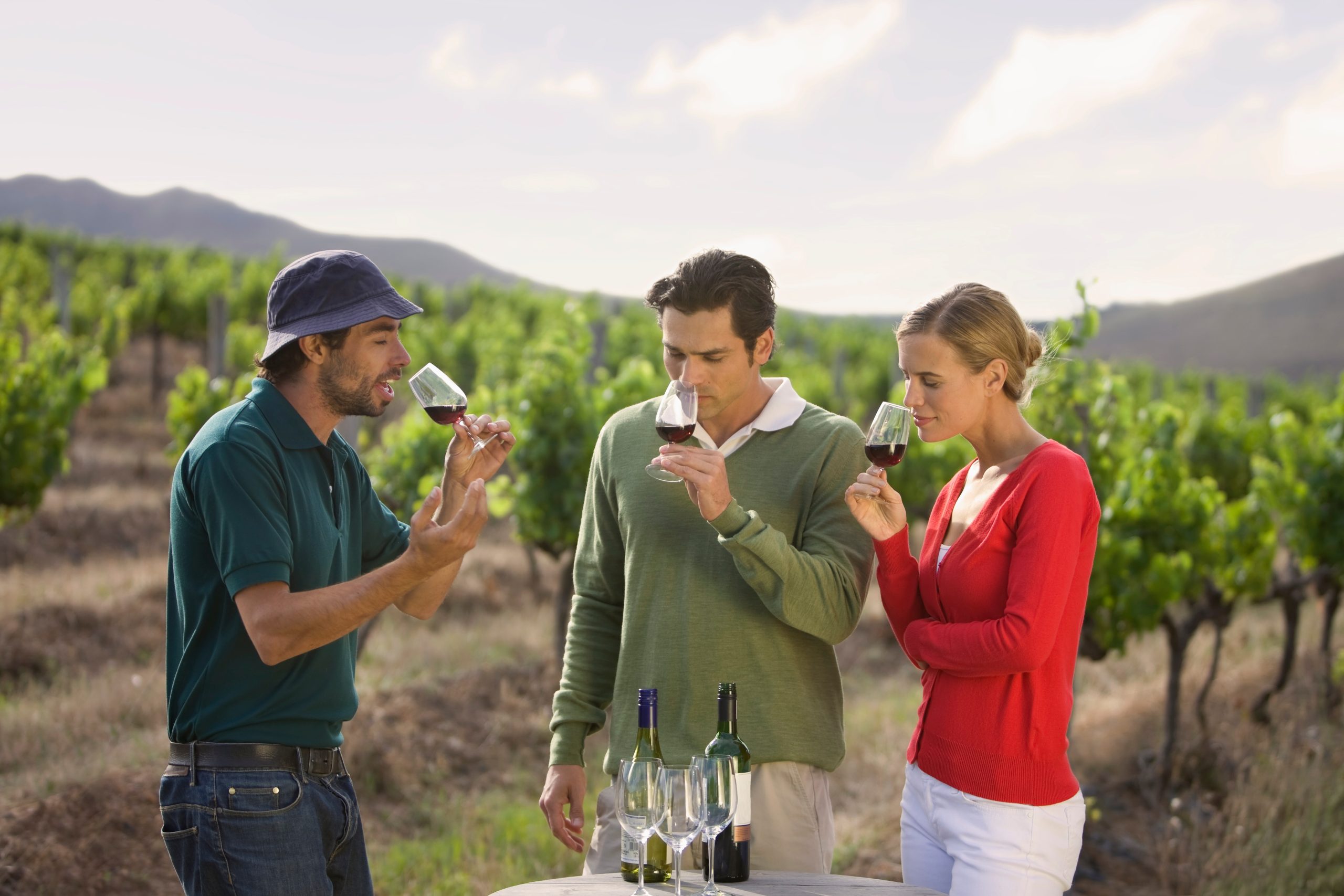According to Community legislation in the field of the Common Agricultural Policy of the European Union, "coupage" means the blending of wines or musts of different origins, from different vine varieties, from different vintage years or from different categories of wine or must.
After Wine Spectator, cupaj and assemblage are words of French origin, referring to the blending of wine before bottling. As the English language does not let itself down, we also have blend, which still means mixture.
What a wealth of terms for the fine operations that go on in the cellars to bring the liquor called wine into our glasses!
Any physical action that brings two miscible liquids together is called mixing. But not the coupling. We could make a fruit juice and water mixture, but that doesn’t mean we’ll drink a fruit juice and water coupe. Or the famous sprit, either wine with water or wine with "cola" (sic!). They are mixtures of liquids, not cups.
Therefore, let’s split the difference:
- Cupaj = a term of French origin, meaning "to cut", which theoretically is the correction of a slight defect by combining a less successful wine with a good one.
One of Murphy’s laws states that: "If you put a drop of wine in a barrel of sewage, the result is a barrel of sewage. If you put a drop of sewage in a barrel of wine, it’s still a barrel of sewage."
So, coupage is much more than simply correcting a bad wine with a good one. But the term would be good to use when blending different categories of wine or must. Mixing a wine/ must with designation of origin with one with geographical indication, we could obtain only wine with geographical or varietal indication, i.e. Murphy’s second postulate.
- If it is a blend of wines or musts of different origins or from different vintage years it should be called equalisation/ blending. This equalization is usually done with a single variety, the so-called monovarietal or monosepage wine (from the French monocépage).
- If it is a mixture of different varieties, it should be called blend (en.), all the more so if this blending is done before vinification, when the grapes are mixed from different varietiesto give complexity to the wine.
- If it is a mixture of different varieties, it can also be called cuvee (fr.) / blend (en.), the French term coming from the mixing of two or more vats (vessels) with wine. Cuvee is mainly used in the production of sparkling wines, when blending the base wines before the second fermentation.
- If it’s a blend of great wines that together raise the value of the finished wine even higher, then it should be called blend.
As you can see, the Romanian language is the one that puts us to the test!
Sources:
https://www.winespectator.com/articles/what-is-the-difference-between-assemblage-and-coupage-52712
https://naveran.com/en/coupage-what-are-they-and-why-are-they-so-important/






